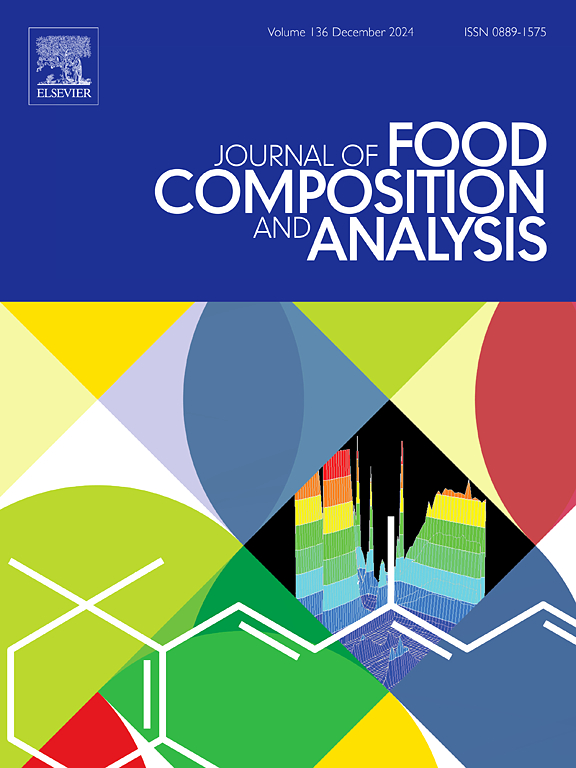Genetic diversity and structure of Malva sylvestris populations using start codon target polymorphism and detection of marker-trait associations
IF 4
2区 农林科学
Q2 CHEMISTRY, APPLIED
引用次数: 0
Abstract
Malva sylvestris is an important medicinal plant in traditional and modern medicine. Various parts of this plant such as the leaves, flowers, roots, and seeds synthesize significant biological compounds used in traditional medicine and food industry. This research aimed to investigate the genetic diversity of M. sylvestris populations using SCoT markers and to determine significant marker-trait associations (MTAs). A field experiment was conducted using 10 populations from different regions of Iran using a randomized complete block design with three replications in 2023 in the research institute forest and rangeland, Tehran, Iran. Data collected for 18 morphological and biochemical traits. DNA was extracted from 50 genotypes belonging to using the CTAB method. Their genetic diversity was studied using 15 SCoT molecular markers. These markers amplified a total of 276 bands, of which 257 were polymorphic. On average, the number of bands produced by each primer for the 50 genotypes was 18.33, and the percentage of polymorphism was 86.68 %. The genetic distance between genotypes varied from 0.072 to 0.134 using the Nei coefficient. Genetic variation between and within the populations was estimated using analysis of molecular variance (AMOVA). Cluster analysis grouped the genotypes into five distinct groups. In addition, the study of population structure indicated the presence of five possible subgroups (K=5) within the studied populations, with fixation index values of 0.4106, 0.5121, 0.2166, 0.2607, and 0.0072, respectively. This study successfully identified significant marker-trait associations (MTAs) in M. sylvestris by using SCoT markers. The identified MTAs may breeding improve superior cultivars to enhance agronomic and biochemical traits.
求助全文
约1分钟内获得全文
求助全文
来源期刊

Journal of Food Composition and Analysis
工程技术-食品科技
CiteScore
6.20
自引率
11.60%
发文量
601
审稿时长
53 days
期刊介绍:
The Journal of Food Composition and Analysis publishes manuscripts on scientific aspects of data on the chemical composition of human foods, with particular emphasis on actual data on composition of foods; analytical methods; studies on the manipulation, storage, distribution and use of food composition data; and studies on the statistics, use and distribution of such data and data systems. The Journal''s basis is nutrient composition, with increasing emphasis on bioactive non-nutrient and anti-nutrient components. Papers must provide sufficient description of the food samples, analytical methods, quality control procedures and statistical treatments of the data to permit the end users of the food composition data to evaluate the appropriateness of such data in their projects.
The Journal does not publish papers on: microbiological compounds; sensory quality; aromatics/volatiles in food and wine; essential oils; organoleptic characteristics of food; physical properties; or clinical papers and pharmacology-related papers.
 求助内容:
求助内容: 应助结果提醒方式:
应助结果提醒方式:


